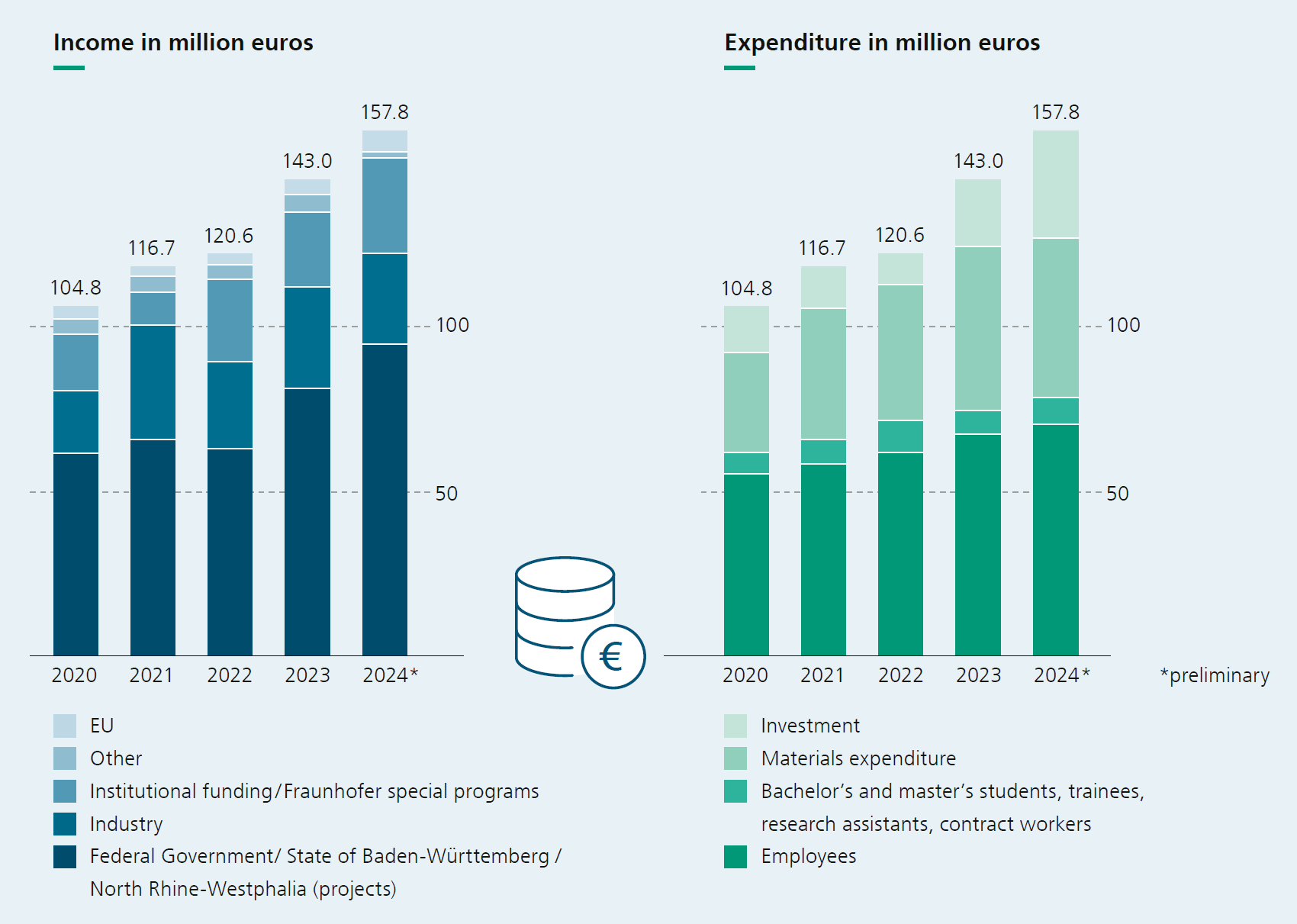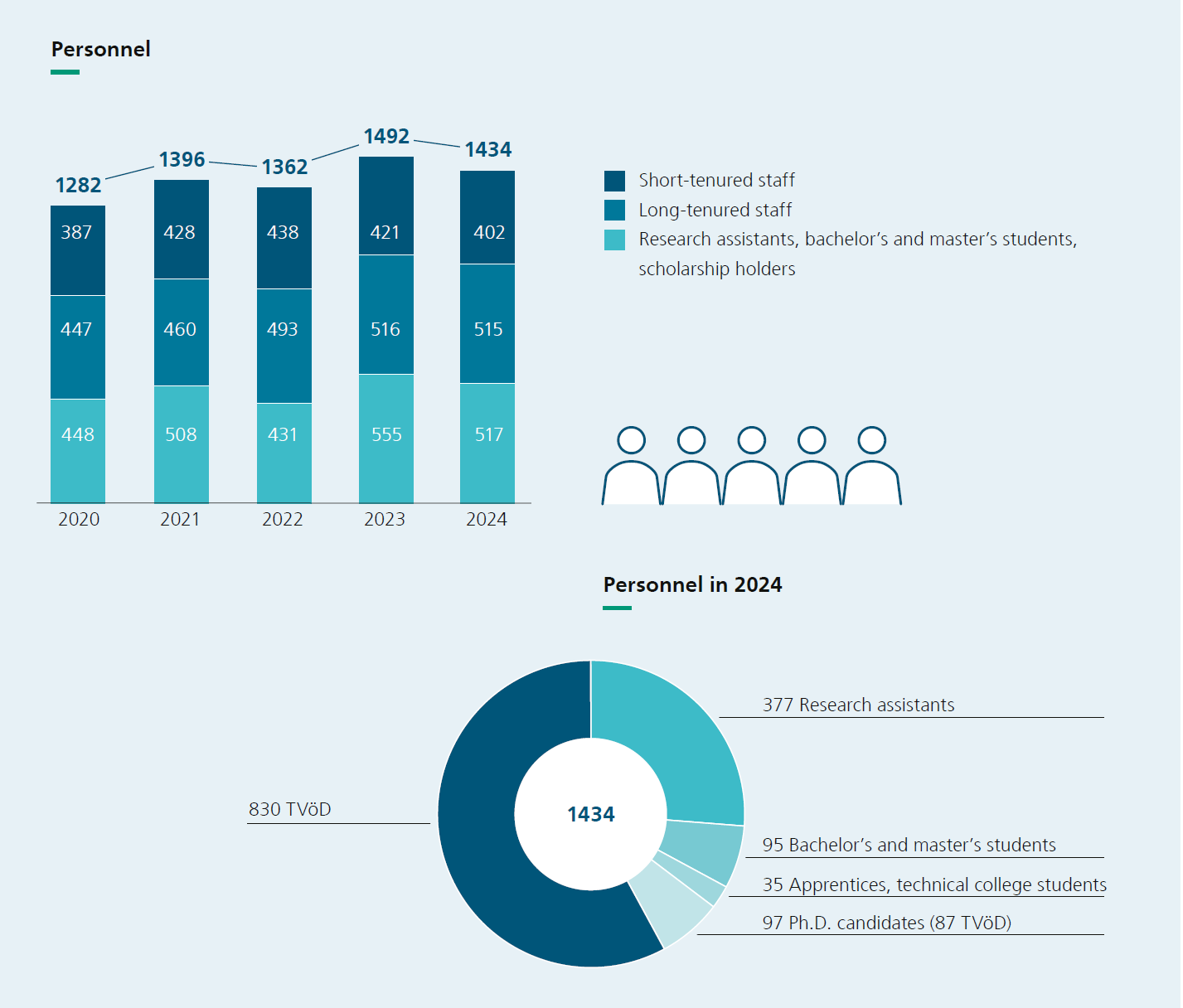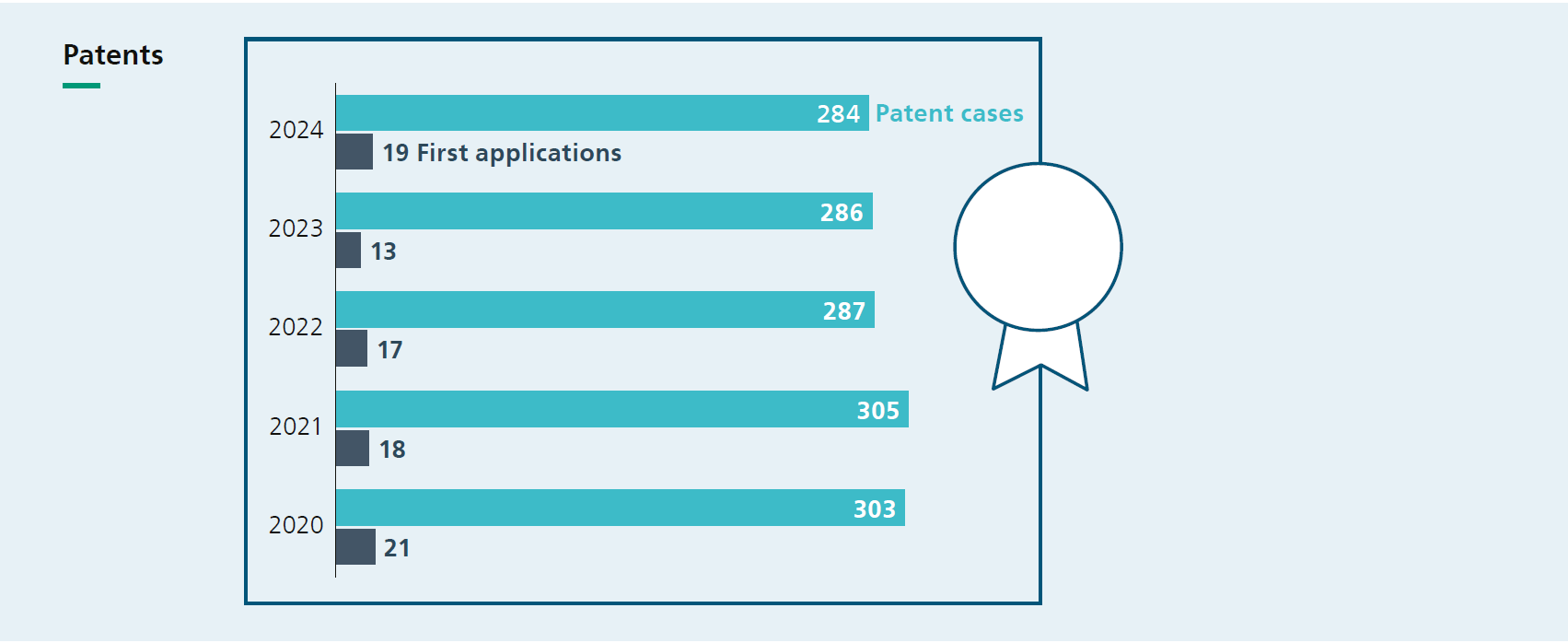Data about Fraunhofer ISE
Finances, Personnel and Floor area distribution
Data about Fraunhofer ISE and Renewable Energy Data
Finances, Personnel and Floor area distribution

On 31st December 2024, a total of 1434 staff members were employed at Fraunhofer ISE.


Fraunhofer ISE compiles studies and analyses which cover the entire thematic spectrum of its research activities. Here you can find our current works.